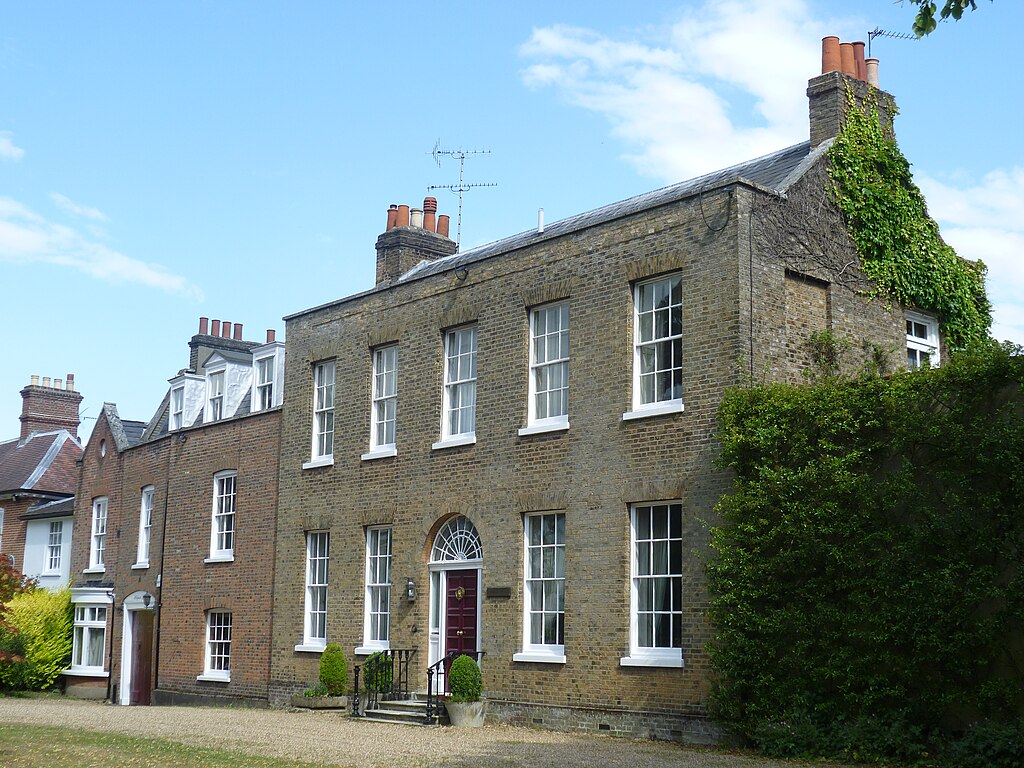Devastating Fire at Hollybush House (London)
Devastating Fire at Hollybush House: A Case Study of Significance for Fire Safety Professionals
The destructive fire occurred on 25 May 2025 at Hollybush House, a magnificent Grade II listed house dating back to the late 18th century (or specifically 1790s) located on Hadley Green Road in an exclusive area of Barnet, North London, represents a case study of major significance for our community of fire safety professionals. The incident, which occurred in the early hours of the morning, caused extensive and devastating damage to this prestigious property, providing much food for thought about risk and response strategies, especially in the context of historic and refurbished buildings.

Property Context and Risk Factors:
- Hollybush House is a Grade II listed house, a classification that imposes significant constraints on intervention and conservation, which are crucial elements in fire operations and post-fire planning.
- At the time of the fire, the property was in the midst of a renovation and modernization project that neighbors said had been ongoing for 18 months and was nearly complete to convert it into a family residence (no one was living there at the time). Images show scaffolding, a garbage bin and building materials outside, indicators of ongoing work that may alter the hazardous conditions.
- The building is described by one witness as having all timber inside, a factor that, as we will see, contributed significantly to the speed of the fire.
- The mansion sits on a large plot of over 2.2 acres / 2.23 acres, which includes an adjacent cottage. While the size and features of the site (such as a pond and heated pool) may affect access and potential water sources, the density of internal combustible materials and the structural type were the dominant factors here. The main house was described as having several rooms, including 6 bedrooms and, according to estate agents, 7 reception rooms and 6 offices.
Fire History:
- The alarm was raised shortly after 1am, with the first of eight calls received at 1.10am.
- An eyewitness, who promptly alerted emergency services, expressed the belief that the fire started in the roof, which later collapsed.
- The spread was extremely rapid, with flames engulfing the entire house in around 20 minutes. This speed was likely aided by the presence of wood in the internal structures.
- The witness reported seeing blue and green flames at one point, leading to an initial suspicion of a gas leak, although no explosion occurred. The investigation into the cause is ongoing.
Firefighting Operations and Logistical Challenges:
- The response from the London Fire Brigade was massive and rapid. At the height of the response, around 70 firefighters were on the scene.
- Between eight and ten fire engines were deployed, including from surrounding stations.
- In order to tackle the fire from above, given the scale and nature of the building, a 32m turntable ladder was used as a water tower.
- One of the operational challenges encountered by the rescue teams was the difficulty in locating a fire hydrant. This highlights the critical importance of accurate pre-incident reconnaissance and up-to-date water resource maps, especially in areas with large or less familiar properties.
- A strategic priority for the teams was the protection of the adjacent building, which is also a listed property. The teams focused on this objective, which was successfully achieved.
Outcome and Damage Assessment:
- The fire caused extensive and devastating damage to the main property, which was described as “completely destroyed” by one witness by around 4 a.m.
- The entire roof collapsed, and both the first and ground floors of the house under renovation were engulfed in flames. The structure suffered a partial collapse.
- Firefighters were able to successfully save the adjacent cottage.
- Fortunately, no fatalities or injuries were reported.
- Although the fire was brought under control by 4:48 a.m. (another source reports 7:15 a.m.), firefighters remained on site for several hours, planning to remain throughout the day, to dampen the remaining flames.
This incident highlights several critical issues for fire safety professionals: the inherent risks associated with the materials and structure of historic buildings, the increased risk during renovation phases (temporary materials, alterations, potential ignition sources not yet determined), logistical challenges such as water supply, the need for rapid strategies to counter rapid propagation, and the importance of protecting adjacent structures, especially those of historic value.




